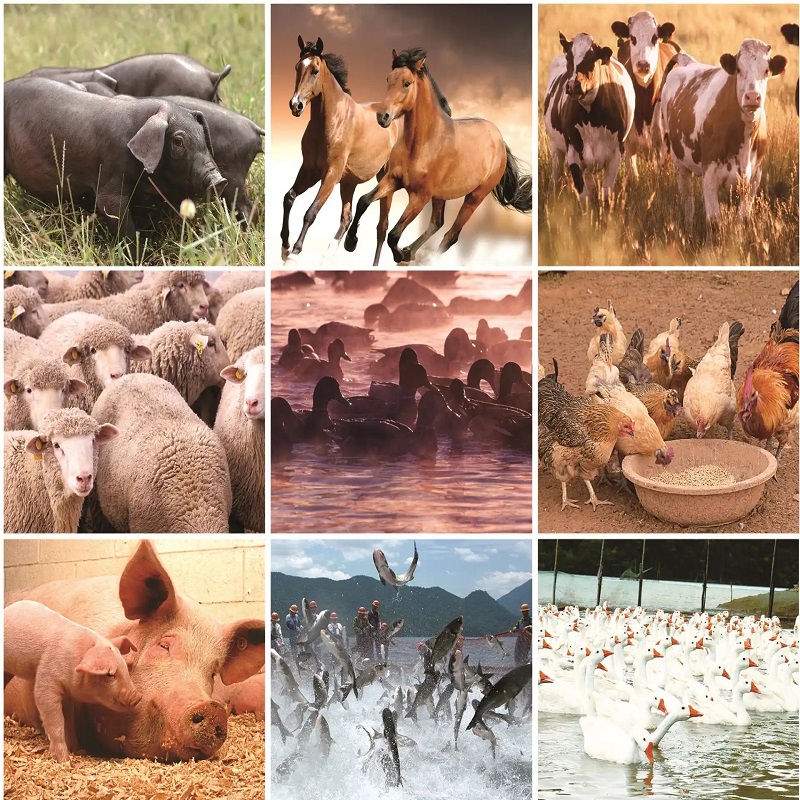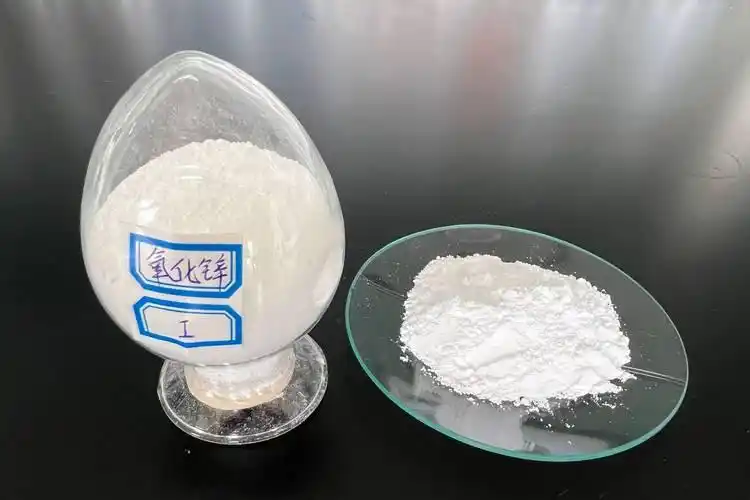Nano-zinc oxide is a multifunctional new inorganic material with unique properties that conventional zinc oxide cannot match. It exhibits size-dependent characteristics such as surface effects, volume effects, and quantum size effects.
Main Advantages of Adding Nano-Zinc Oxide to Feed:
- High Bioactivity: Due to their small size, nano-ZnO particles can penetrate tissue gaps and the smallest capillaries, distributing widely in the body. This maximizes the bioavailability of feed ingredients, making it more biologically active than other zinc sources.
- High Absorption Rate: The extremely fine particle size increases the number of surface atoms, significantly enhancing the exposed surface area and improving absorption. For example, studies on De-sai mice showed that 100 nm particles had 10–250 times higher absorption rates than larger particles.
- Strong Antioxidant Properties: Nano-ZnO exhibits high chemical reactivity, enabling it to oxidize organic substances, including bacterial components, thereby killing most bacteria and viruses. Under light, it generates conduction-band electrons and valence-band holes, which react with adsorbed H₂O or OH⁻ to produce highly oxidative hydroxyl radicals that destroy cells. Tests showed that at a 1% concentration, nano-ZnO achieved 98.86% and 99.93% bactericidal rates against Staphylococcus aureus and E. coli within 5 minutes, respectively.
- High Safety: It does not induce resistance in animals and can adsorb mycotoxins produced during feed spoilage, preventing pathological conditions when animals consume moldy feed.
- Enhanced Immune Regulation: It significantly stimulates cellular, humoral, and nonspecific immune functions, improving disease resistance in animals.
- Reduced Environmental Pollution & Pesticide Residues: Its large surface area allows effective adsorption of ammonia, sulfur dioxide, methane, organophosphorus pesticides, and organic pollutants in wastewater. It can also utilize UV light for photocatalytic degradation, purifying air and wastewater in farms by decomposing odors.
Role of Nano-ZnO in Improving Animal Health and Growth Performance:
- Promotes and Regulates Metabolism: Enhances zinc-dependent enzyme activity, hormone secretion (e.g., insulin, sex hormones), and zinc finger protein synthesis, improving protein synthesis and nitrogen utilization efficiency while reducing nitrogen excretion.
- Improves Production Performance: In piglets, adding 300 mg/kg nano-ZnO significantly increased daily weight gain (P < 0.05) by 12% compared to conventional ZnO (3000 mg/kg) and reduced feed conversion ratio by 12.68%.
- Reduces Diarrhea Incidence: Nano-ZnO supplementation in piglet feed effectively decreases diarrhea occurrence, avoiding antibiotic residues in animal products.
Potential Environmental Benefits:
- Reduced Zinc Emissions: Due to higher utilization efficiency, lower dosages are required, significantly decreasing heavy metal pollution.
- Farm Environment Purification: Adsorbs harmful gases (e.g., ammonia) and photodegrades organic pollutants in wastewater, protecting surrounding environments.
Current Applications in Animal Feed Production:
- Diverse Application Methods: Can be directly added to feed, mixed with adsorbents as premixes, or combined with other additives. The minimum effective dose is 10 mg Zn/kg feed. In piglets, doses range from 10–300 mg Zn/kg feed.
- Partial Replacement of Traditional Zinc Sources: Nano-ZnO can substitute high-dose zinc in feed, alleviating piglet diarrhea while improving growth performance compared to conventional zinc sources (e.g., zinc sulfate, ordinary ZnO).

Future Prospects in Animal Feed Production:
- Stability & Cost Advantages: Excellent flowability and dispersibility facilitate uniform mixing in feed. Lower required dosages reduce feed costs (e.g., 10x less than conventional ZnO).
- Preservation & Detoxification: Strong adsorption of free radicals and odorous molecules extends feed shelf life and improves palatability. Its antioxidant properties enhance detoxification.
- Synergistic Effects on Nutrients: Reduces antagonism with other minerals and improves nitrogen absorption via hormonal and zinc finger protein regulation.
- Improved Safety: Lower excretion levels minimize environmental contamination and residue accumulation, supporting safer, greener animal production.
This technology holds great promise for sustainable and efficient livestock production.
Post time: Jul-10-2025






